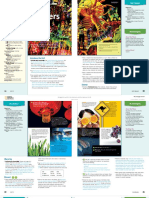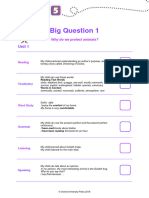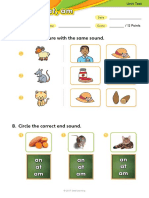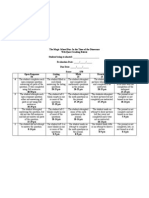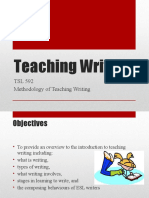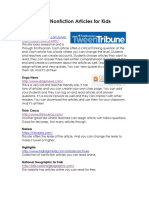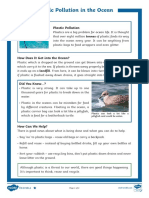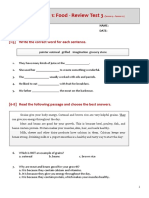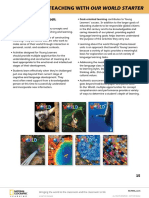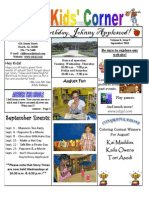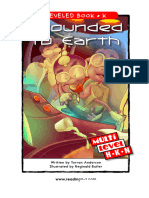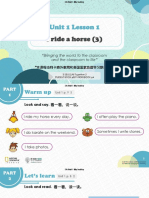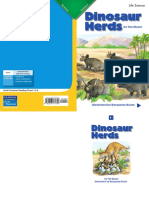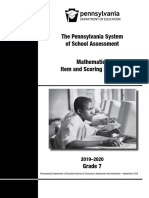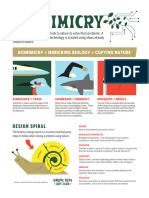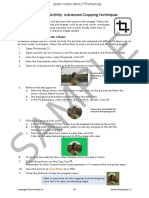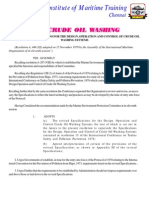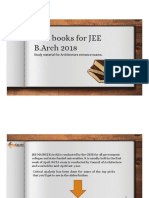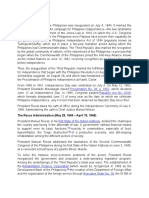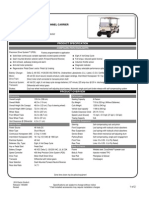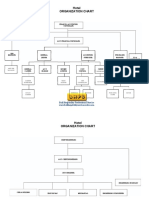0% found this document useful (0 votes)
499 views10 pagesWonders of the Sea: Protecting Oceans
This unit will cover several topics related to sea life and protecting the oceans. It will name and describe different types of sea life, discuss how to protect the oceans, and talk about future events related to the oceans. The document includes a true/false quiz about seals and seaweed, a photo caption activity, vocabulary lessons on ocean zones and terms like biodegradable, and grammar lessons on using must, have to, can't and don't to talk about rules for caring for the oceans. It aims to teach students about ocean life and conservation through various interactive activities.
Uploaded by
Cam Vi HuynhCopyright
© © All Rights Reserved
We take content rights seriously. If you suspect this is your content, claim it here.
Available Formats
Download as PDF, TXT or read online on Scribd
0% found this document useful (0 votes)
499 views10 pagesWonders of the Sea: Protecting Oceans
This unit will cover several topics related to sea life and protecting the oceans. It will name and describe different types of sea life, discuss how to protect the oceans, and talk about future events related to the oceans. The document includes a true/false quiz about seals and seaweed, a photo caption activity, vocabulary lessons on ocean zones and terms like biodegradable, and grammar lessons on using must, have to, can't and don't to talk about rules for caring for the oceans. It aims to teach students about ocean life and conservation through various interactive activities.
Uploaded by
Cam Vi HuynhCopyright
© © All Rights Reserved
We take content rights seriously. If you suspect this is your content, claim it here.
Available Formats
Download as PDF, TXT or read online on Scribd
/ 10


